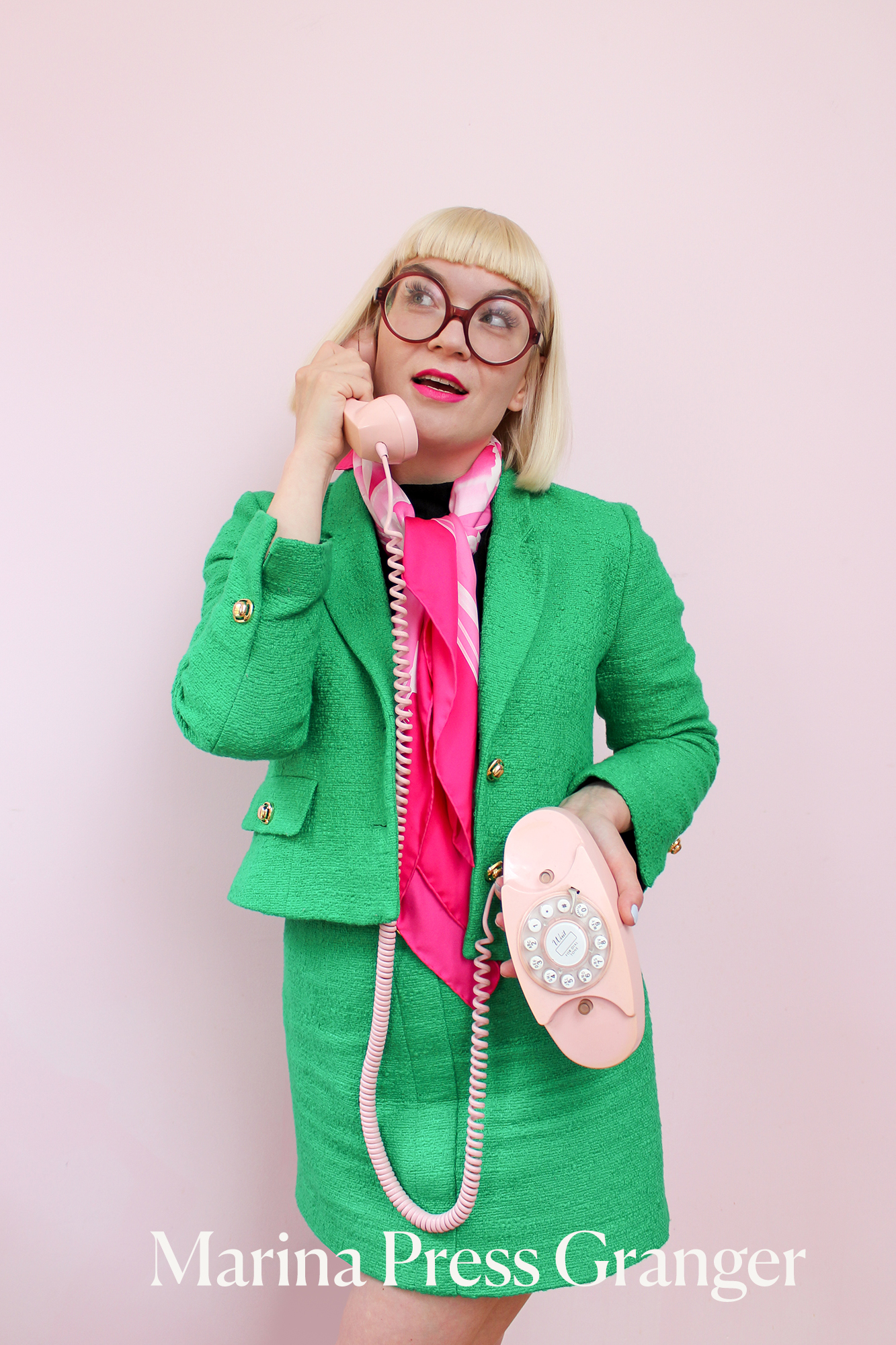Marina Press Granger
Interview by: Juan Marco Torres
Marina Press Granger is an NYC art consultant and founder of The Artist Advisory. After working in different galleries for years, she decided to start her own practice coaching and advising artists of all kinds – helping them succeed in today’s fierce creative industry. We got a chance to catch up with Marina and talk about the rapidly changing hierarchical nature of the art world, the power of gratitude, and some of her favorite daily rituals.
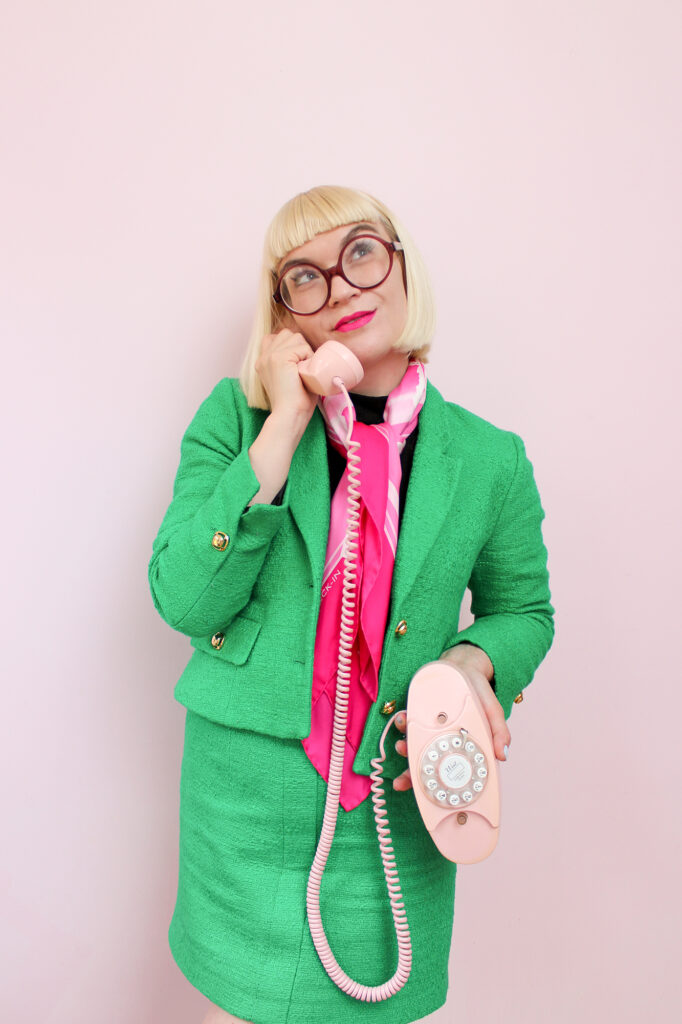
Juan Marco Torres: Can you share a bit about your experience in the NYC art world?
Marina Press Granger: I moved to NYC at the age of seven as a Soviet Jewish Refugee. So, I grew up in New York City and was always fascinated by the museums here. When I was a child, I remember walking into the Metropolitan Museum of Art and wondering how this stunning artwork got on those walls – who decided that it would get on those walls? What was behind those walls? How does a museum function? So, I went on to study art history and earned a BA and an MA in Art History and Museum Studies here in New York. After my BA, I went on to work in museums briefly, then plunged into the gallery world. I have worked in NYC Galleries for nearly 15 years, last as a Gallery Director for seven years, and finally got an inkling of an answer about how artwork made it onto museum walls.
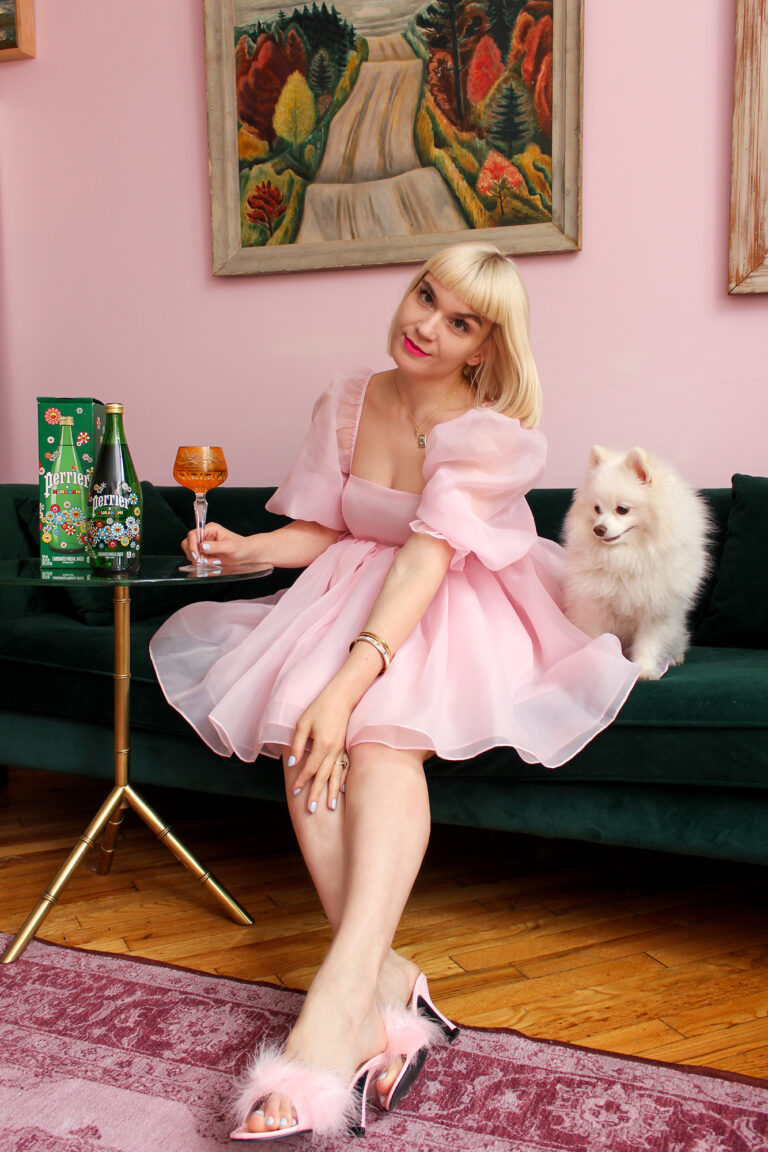
JMT: In your podcast, you discuss how there has been a huge shift in the hierarchical nature of the art industry. How has the power returned to the artist now?
MPG: For many decades, if not centuries, the collector was always at the center of the art world economy. They always had the power because they were the source of income in the art world. Whether they were buying artwork or if they were donating to museums. The art world economy is a bit complex. So, let’s focus on the art gallery economy with contemporary art.
In contemporary art, the collector was the one who could make or break an artist’s career, and there was always a gatekeeper between the artist and the collector; the gatekeeper was the gallery because the gallery had the Rolodex of collectors. They could connect the collector to the artist and boost the artist’s career. The gallery would do this by creating a story or elevator pitch for the artist that the collector would connect to. Some collectors would even have, and still have, their own Foundations that are like museums and connections to museums so they could introduce the artists in their collection to museum curators and the world! But, in this equation, the power and pressure were always on the gallery to connect these collectors with artists. Now, because of the availability of information on the internet and social media, artists can be in touch with anyone and everyone. They do not necessarily need a gallery to mediate between them and their collectors. While it helps to have a gallery, artists have the power to connect directly with anyone and everyone. So, the landscape of the art world is shifting because the power is shifting towards the artist. Now, more than ever, the artists have the most power than they have had in a long time because they can amplify their own voices and connect to whomever they want to connect to. The artist has the power to create their own story or elevator pitch, put it online, and connect to anyone and everyone!
JMT: How did you start consulting artists?
MPG: The gallery I worked at closed. So, I started to look for another job. I hated to watch artists I knew to get the runaround. So, I began to offer them advice. It was going very well for them because of this advice! Then, I realized I could start a business doing this. Traditionally, advisors in the art world only advised collectors on what to buy. Now that the artist can make moves, they need advisors too! So, I carved a niche for myself.
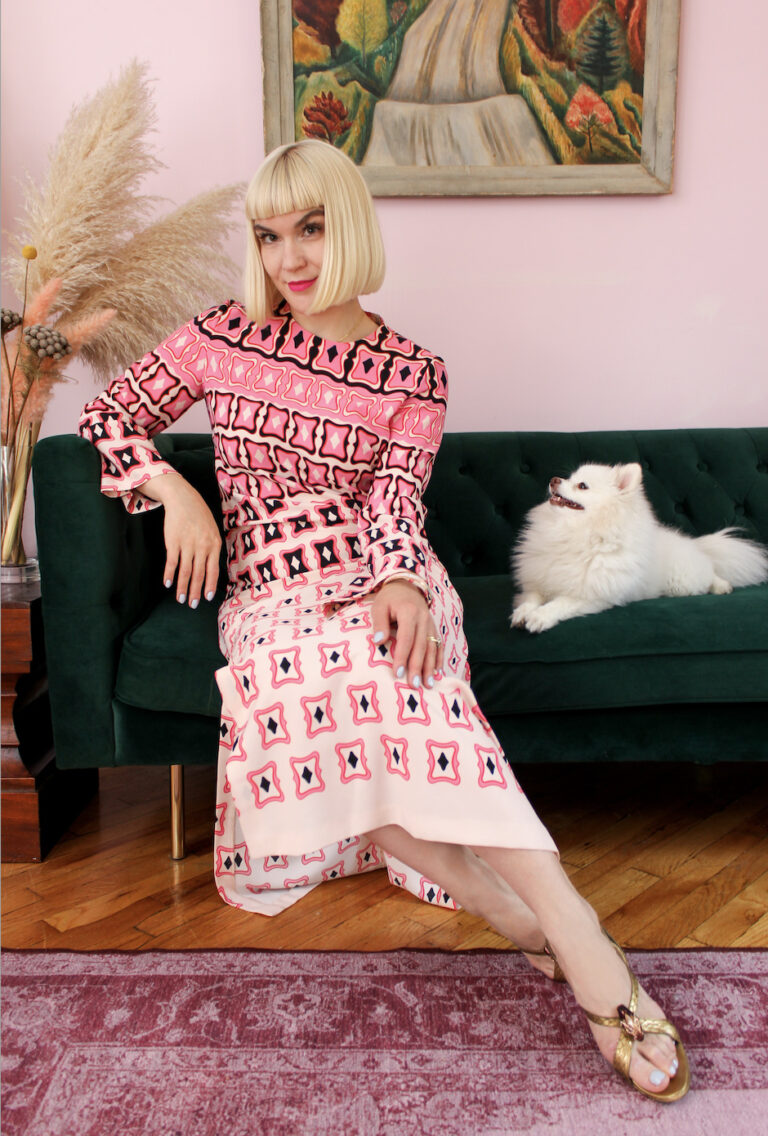
JMT: Since you started your business, what kind of consulting do you think artists need the most today?
MPG: The number one consulting need for artists is to figure out their intention and convey it clearly so that their work is understood. This seems like such a simple thing, but it starts at the philosophical level, and then I work with artists on how to convey this on their social media channels, on their websites, on in-studio visits, and in other social settings. To put it plainly, you cannot sell paintings of puppies to cat people. So, you have to be very clear about what your work is about and who the target audience is.
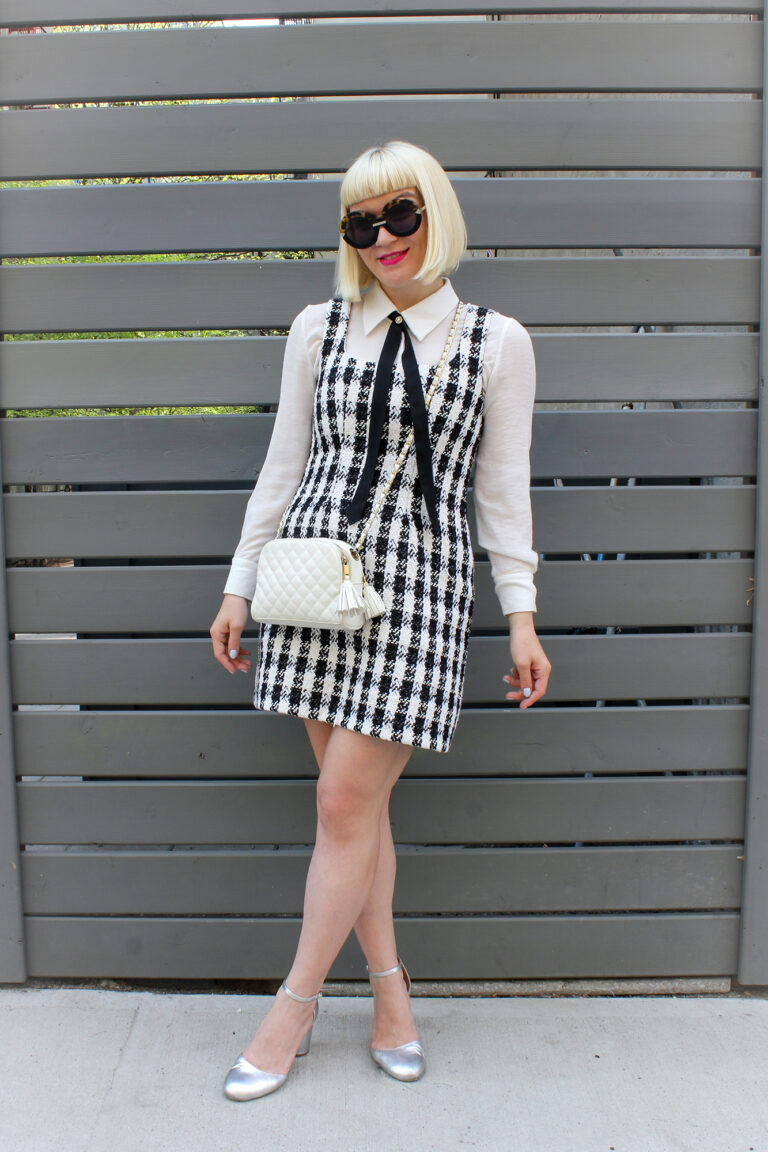
JMT: In your interview with Audio Femme you mention how “we live the reality we tell ourselves”. How did you gain this perspective?
MPG: As humans, we have evolved by being prepared for the worst-case scenario. So, we always look for the worst-case scenario, and that gives us a negative bias. Think about it – how satisfying is it to complain? I think that is why big corporations love to send out surveys so that their customers can have an outlet to complain! So, I have reprogrammed my mind to always look for the positive in all situations. This is something I do with the artists that I work with. When you are always focused on the positive in every case – you will come out on top! So, depending on whether you focus on the positive or the negative – you will choose the reality you live in.
A good way to start focusing on the positive is to ask yourself if this is the worst that can happen, what is the best that can happen? It’s only fair to start thinking about both sides of the equation. Eventually, it would help if you focused on being grateful for the good things that happen to you. For example, you can have a daily gratitude practice where you state what you are thankful for. It may only take a few minutes, but it can change your entire day.
Those are two easy steps to creating a better reality for yourself.
JMT: What do you think it is about creative minds that sometimes limits them from perceiving their own limitlessness?
MPG: Every artist knows about the “starving artist” archetype, so they expect to fall into it. That’s not true. Most artists have been told that being an artist is a good hobby but not a career. Again, that is not true. As a gallery director, I have regularly written huge checks to artists and were not as famous as Jeff Koons. You probably wouldn’t even know who they are if I told you their names. So, I want to say; you do not have to be “Jeff Koons” to make a handsome living as an artist. You need to believe it is your job, your career, and that you are not a “starving artist” and it’s more than just a hobby.

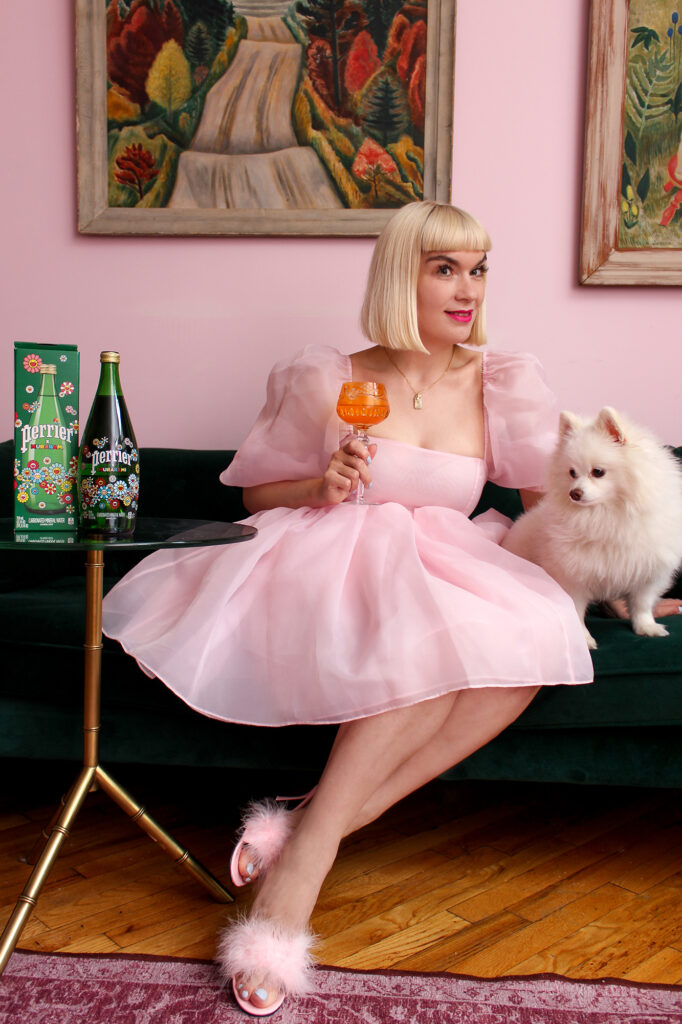
JMT: What are some rituals that help you ground yourself?
MPG: I practice gratitude daily. When I am having my morning cappuccino, I sit with my dog (a fluffy white 9 lb Pomeranian named Odette) and state what I am grateful for. (My husband is a DJ, so he has a different schedule than me – so I get my privacy in the morning to do this.) I tune into how I feel that day and do a quick session of EFT Tapping to make myself embrace my best mood. That said, I’m not always chipper! But, this helps so much!
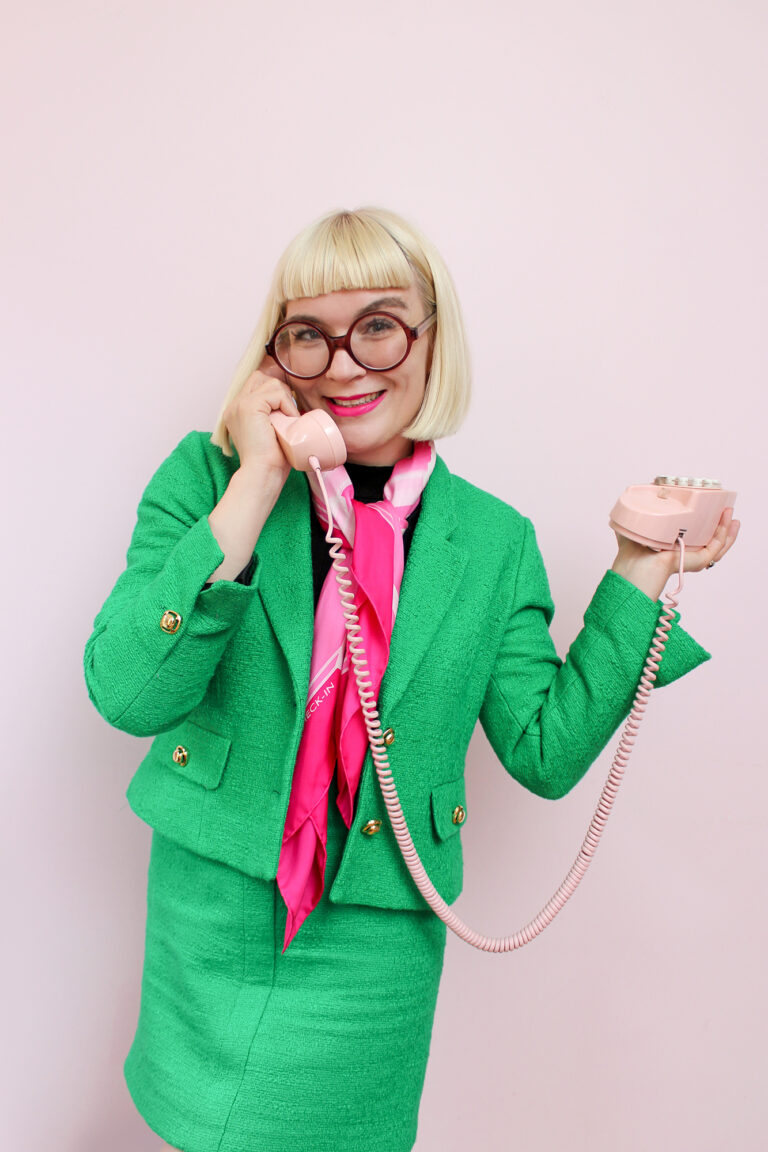
JMT: I think the “money block” is a huge problem for many creatives in our world today. How do we actively work to remove this?
MPG: Everything you think you cannot do, for example – make money as a creative, is something someone else told you that you couldn’t do. We are not born thinking we have limitations. One major money block comes from the idea of the starving artist – that you have to be one in order to be an artist, or a respected artist. That is simply not true. So, forget that! Secondly, thinking that art or creative careers are not careers or that they are too competitive. The art world is a multi billion dollar industry. You don’t have to be a starving artist in it and you can make it your business, just treat it like one! But, most importantly, one of the biggest money blocks that I see is that creatives do not feel like they deserve money for their work. They think that if they had fun making it – they do not need to be paid as much. They feel guilt or shame. Here’s a little newsflash: work doesn’t have to be hard or painful. So, accept money for your beautiful work that you had so much fun making!!!
JMT: How do you define the etiquette and courting process of doing business in fine art?
MPG: Just like with any courtship, you may want to state your intentions first so that you can attract the right partner. This is where the elevator pitch comes in. State your intention around your work; why do you do it? How is it your specialty? What is it that you do?
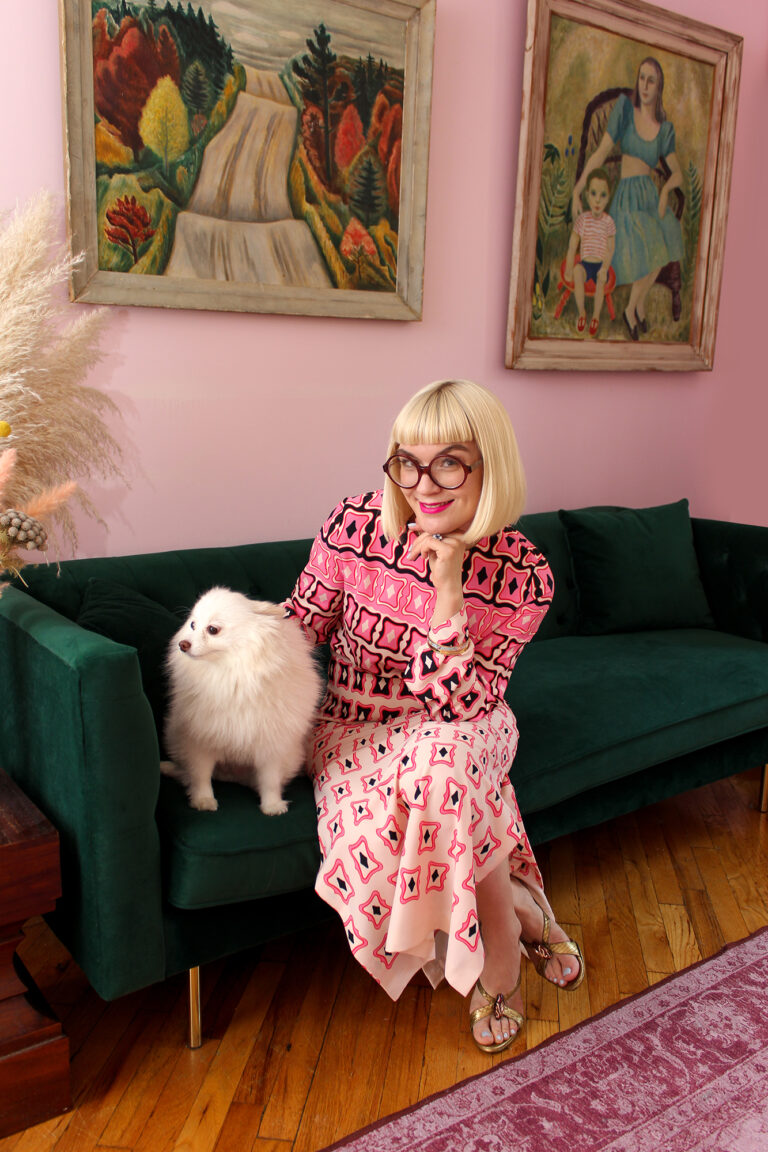
JMT: What’s something that every artist should be doing in 2021 to further develop their careers?
MPG: In this digital age we live in, attention spans are low. So, you need to develop your elevator pitch to hook people who would care about your work into understanding your work. I have a formula for this; tell us why you make the art, tell us why you’re “qualified” to make it (this could be your identity, life experience, knowledge, expertise, or special interest), and then tell us what you make. It’s a simple three-ingredient recipe that you can use everywhere; your social media bios, your website, and in conversation.
Click here for the Artist Advisory
